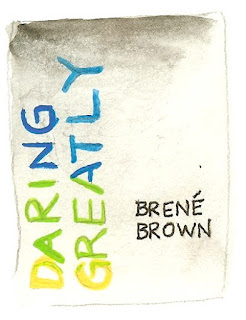Okay, I’m exaggerating. (Friends used to call it the Brown Correction Curve.) But this has not been an easy transition.
First there were the multiple visits to the Apple Store to make sure I was choosing the right laptop. Then there were the multiple visits to Costco and Best Buy to check out the cheaper alternatives for accessories (mouse, monitor). Then it was back to the Apple Store to see if the alternatives were the “right” ones.
Yes, I always shop like this. It’s why I remain minimum consumptive. This was a big shopping weekend. In addition to the laptop, I bought new hiking boots and a new mattress pad. Those were also demanding consumer expeditions; I could tell you a lot about mattress pads…. I think I’m happy with the hiking boots, but I have a long history of shoe regret. This is why almost everything I own is on its Third Third, too.
Meanwhile, the blog was becoming impossible on the old iMac. According to the Apple guys, my old computer had enough memory to turn the computer on … barely. Loading my blog was turning into a long slog every night. But my old computer had all the brains where I liked them, where I was used to seeing them.
So I paid the Apple guys to migrate old brains onto new laptop, which they did. And they promised me it would look exactly the same as my old computer. It does.
The problem? My scanner didn’t recognize the new kid in town. So I had to download more stuff. Except that the download site didn’t recognize my scanner, my new computer, or me. It told me my computer “was bought by a different user.” Different from me? Where’s their credit card? Where’s the “not OK” button?
[Pause for little attack of stress.]
I had a whole bunch of updates to download. The first said it would take 3 days! The scanner one said it would take 9 hours, then 4 hours. I started it, but it kept quitting at the halfway mark on the little bar and a message would say “Can’t install the software.” I did this over and over, thinking if I watched it, it wouldn’t fail. Ha!
Yesterday’s illustrations? They had to be scanned from Tim’s computer, which he then emailed to me. At this very moment, on my fifth try, the download has passed the halfway mark. We’ve been at it for four hours. There are six minutes left. Four. Hooray, it made it!
Scanner doesn’t work. It needs the update, the one I just finished installing.
[Beyond pause. I am quitting for the night. I will see the Apple Geniuses in the morning.]











































